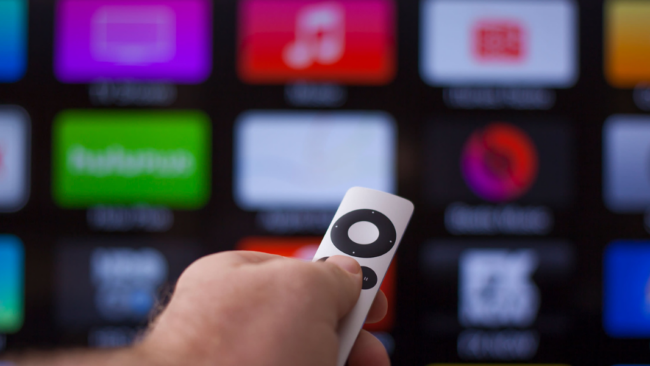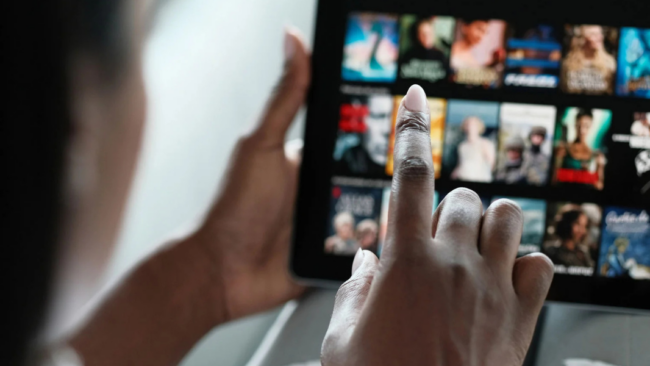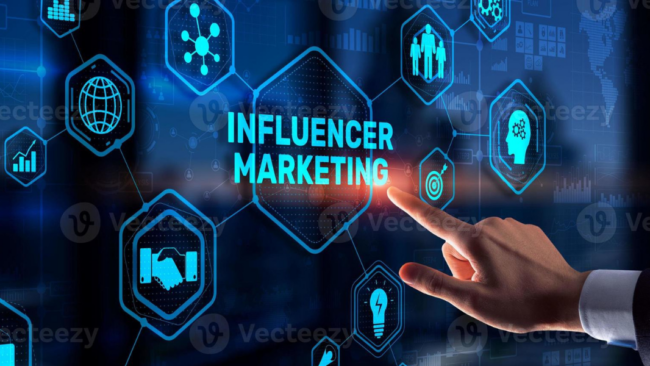
Let’s say a cosmetics brand is looking to promote eye makeup using creator marketing. The brand partners with a few big names in beauty with sizable followings. They create Instagram content that’s on-brand and polished—but it doesn’t gain much traction. What went wrong?
One word: algorithms. Social algorithms are mathematical rules that platforms use to decide who sees what content. These rules are always evolving, which sometimes bodes well for marketers. Mostly though, these changes introduce new challenges, like unpredictable content performance and even user data safety concerns.
Algorithms weigh several different factors, like a user’s location, view history, and demographics, as well as the post’s content, caption, hashtags, and recency. The factors that matter most depend on the platform and the type of content. And there’s really no reliable way to predict exactly how a platform will distribute a post. Go figure.
Still, by understanding key content trends, choosing relevant partners, and keeping up with how algorithms are impacting performance, brands can be more strategic in shaping their campaigns, pivoting and adapting as needed.
Recognizing Trends
Social platforms used to be a place for users to see content from their friends and connections. But increasingly, recommended content—often from accounts users don’t necessarily follow or know—dominates. Instagram and Facebook, Twitter, and TikTok now direct users to suggested or top posts based on what their algorithms calculate. In July, Mark Zuckerberg forecasted that by the end of 2023, more than 30% of Instagram and Facebook user feeds will consist of recommended content.
Another key trend? With TikTok leading the charge, platforms are pushing short-form videos into users’ feeds. Last year, YouTube introduced YouTube Shorts, a format that’s seeing significant growth in activity. And other players are on the same page. In July, Instagram and Facebook updates made short-form videos so prominent that Instagram faced widespread backlash, and rolled back some of the changes.
Riding the Algorithm Wave
So how can brands use these trends to inform and improve their creator marketing strategies? As often is the case with creator marketing, success comes down to collaborating with the right creators—more specifically, ones that follow the rules and keep their ear to the ground.
Since social platforms continue to prioritize suggested posts, organic creator reach now depends less on existing followers and more on content itself. As a result, brands should look to creators that follow the latest best practices on every platform (read: consistency, keywords, hashtags, etc), while remaining up to date on what wins with different algorithms—such as making short-form videos.
In addition, quality matters now more than ever. Though brands can’t control how many or which users will see their content, they can control how good it is. Focusing on non-disruptive, entertaining product integrations will drive better engagement than blatant, inauthentic advertising. Think: “Get ready with me” videos, where beauty creators show audiences their makeup routine. These routines, which feature sponsored products, seamlessly integrate brands into typical content. When a promotion is non-disruptive, content comes alive, increasing the chance that it will be given higher priority in social algorithms.
Finally, diligent measurement can also help brands better understand how to make the most of their content. The inner workings of social algorithms may be a bit opaque, but paying close attention to campaign performance can help shed some light on what tweaks they can make to improve future performance.
Powering Future Strategy
Recommended, algorithm-based content is redefining and extending organic reach. This shift makes creator marketing campaigns somewhat more unpredictable—but also more powerful, with unique potential to reach a wider audience.
Algorithms shouldn’t be an obstacle to creator marketing strategy, but a crucial part of it. When brands work with them, rather than against them, users see more engaging content with products that are relevant to their lives—a win for brands, creators, and audiences.


